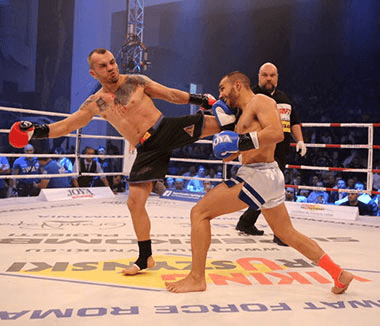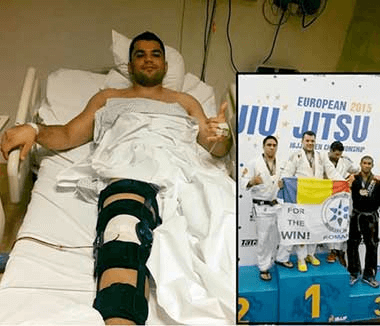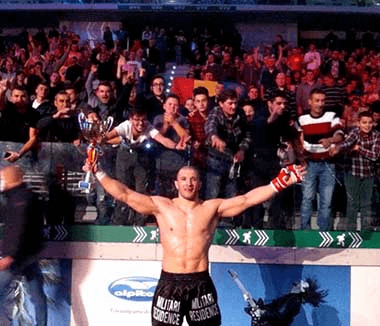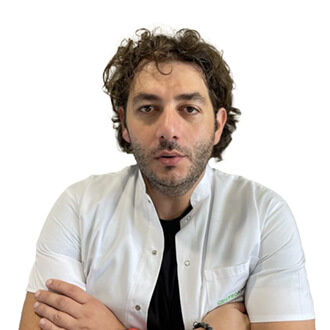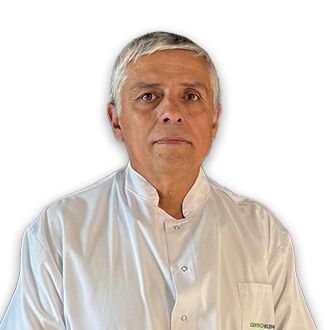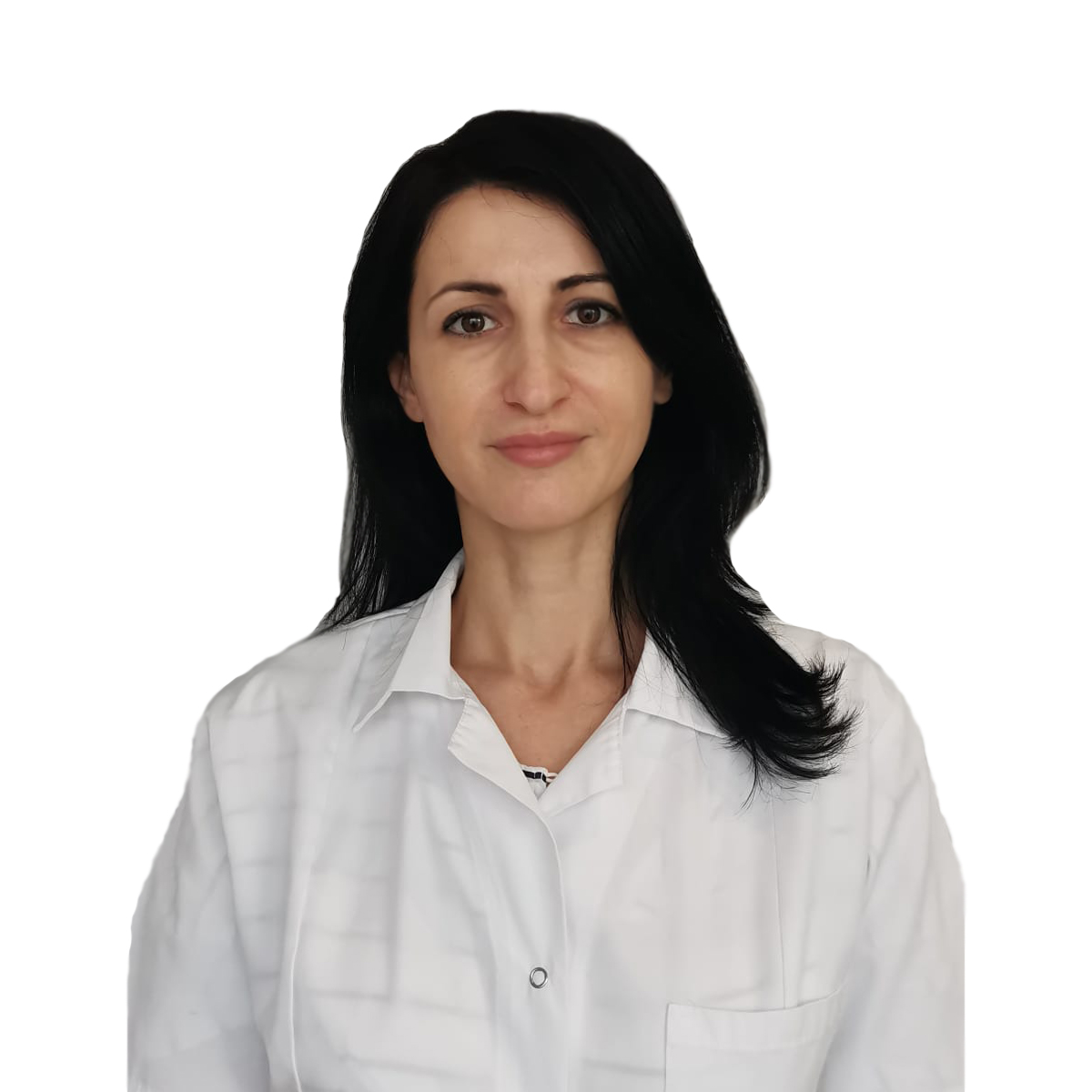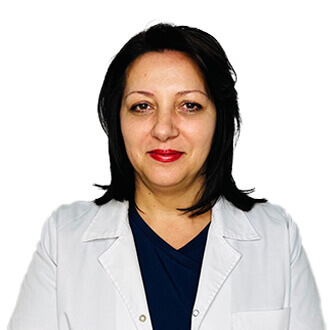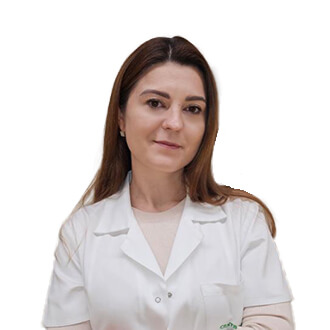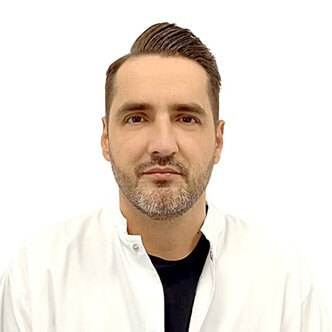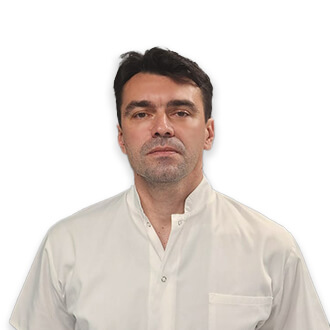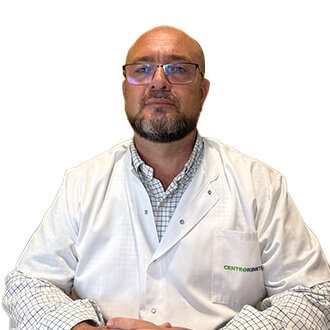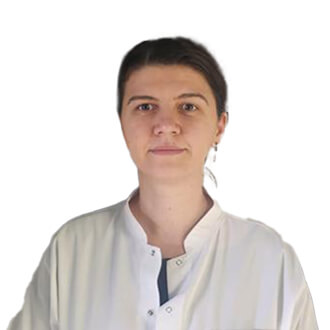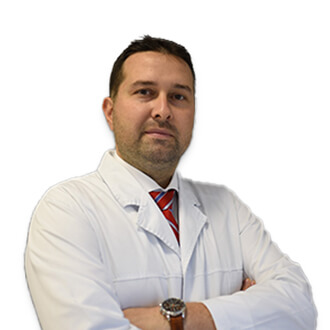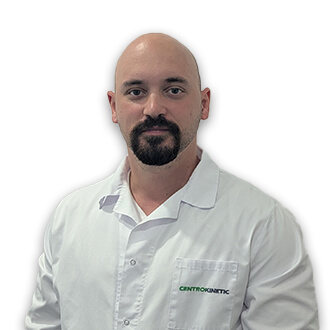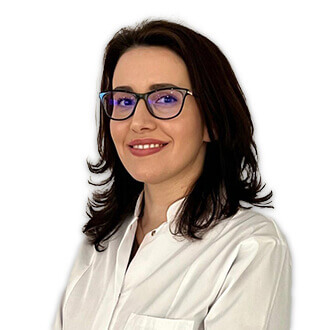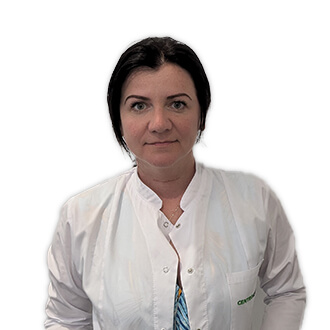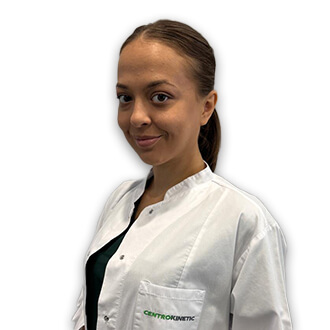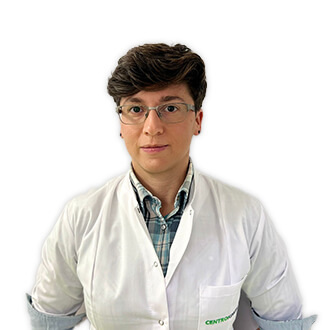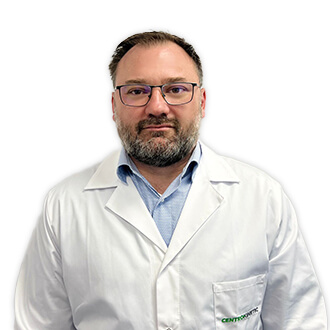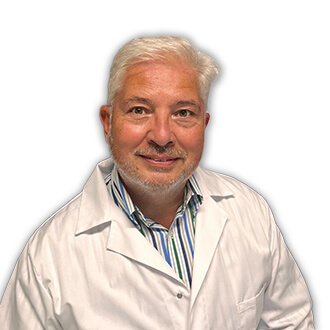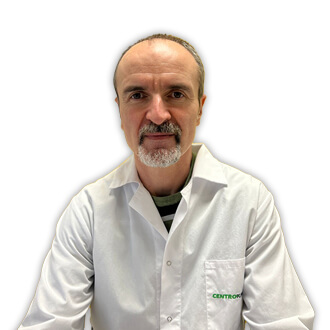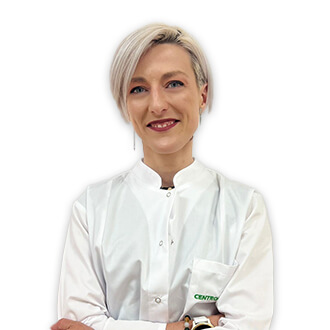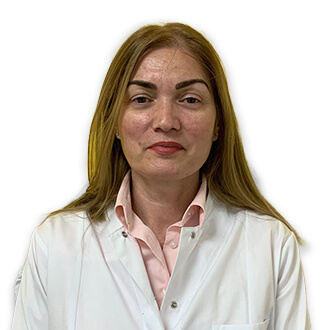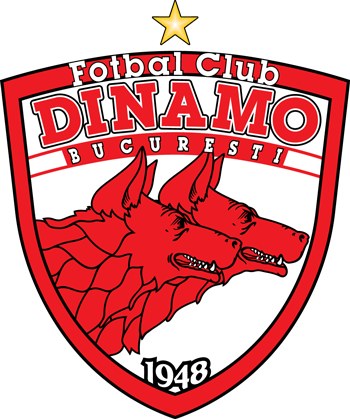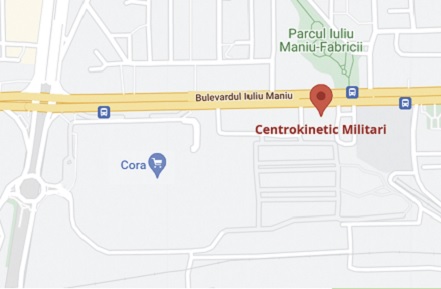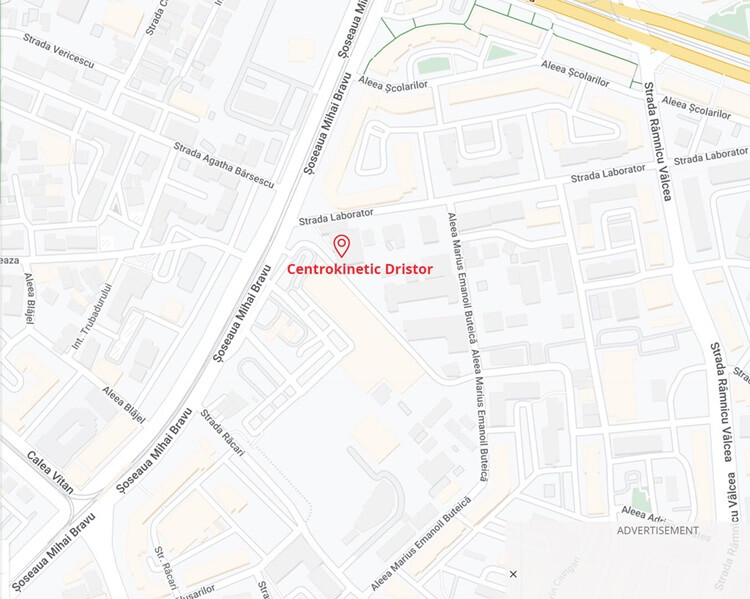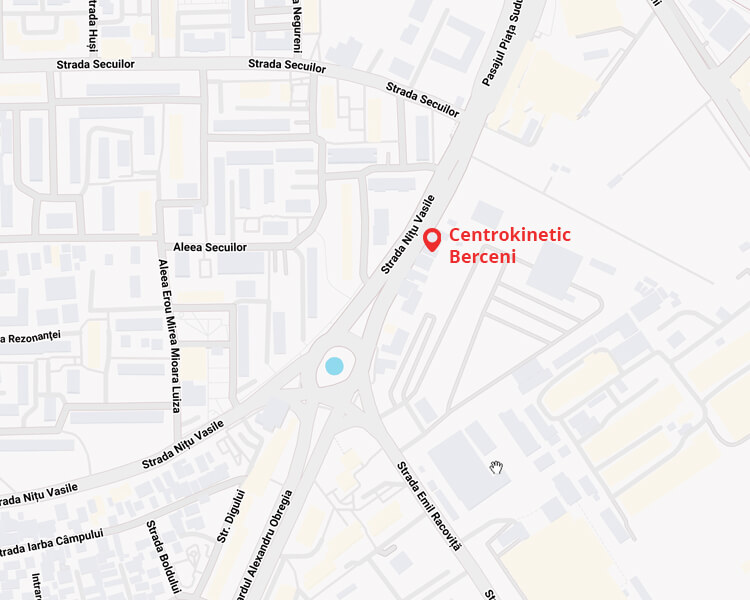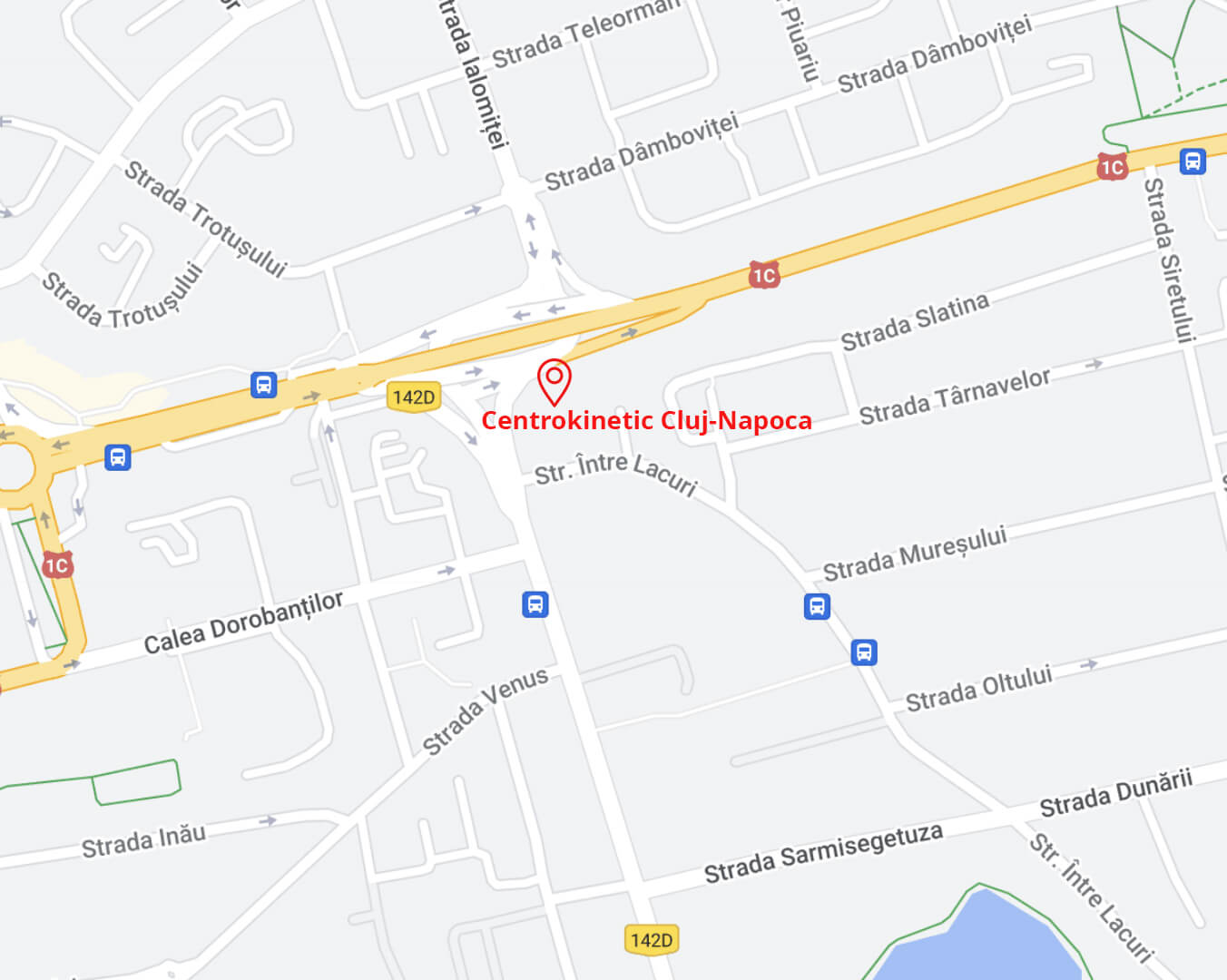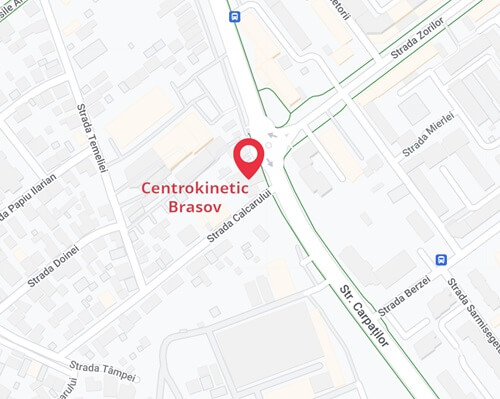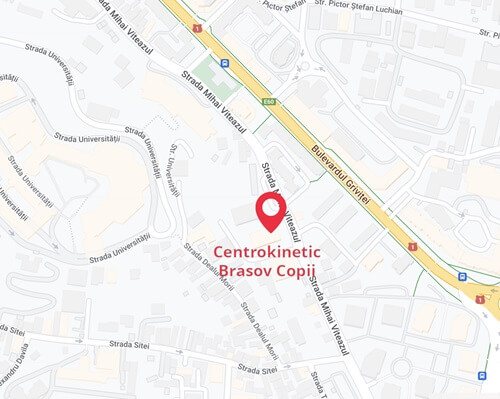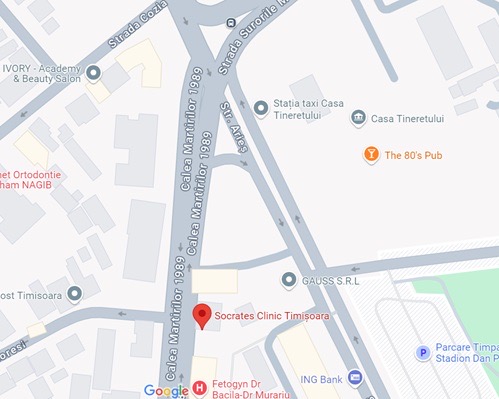Actualizat: 16-01-2024 / Publicat: 25-01-2017
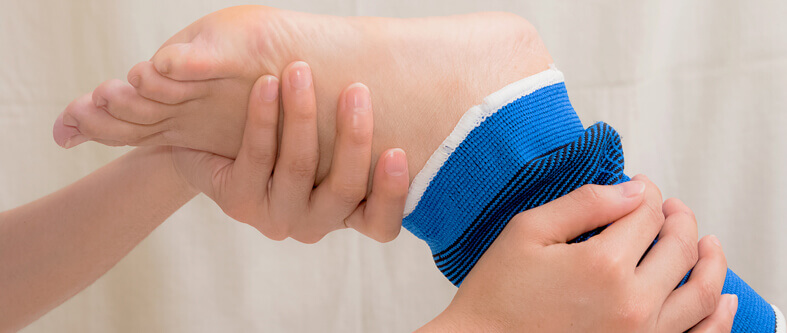
Physiotherapy after sprains
Sprain is one of the most common ailments encountered in orthopedics, being one of the most common sports injuries. It involves injuries to one or more ligaments in an articulation. The severity of the symptoms of a sprain varies from mild sprains that heal in a few days, up to a week, to severe and very serious sprains, which involve major ligament injuries and require elaborate surgery, followed by various periods of immobilization and recovery. Sprains occur at the level of each articulation, but are more common in the wrist and ankle.
Symptomatic triad includes pain, swelling, and partial functional impotence, which sets immediately after trauma. Most of the time, the sprain is seen superficially, that's why 65% of patients remain with chronic articulation disorders. Therefore, Centrokinetic takes this condition very seriously, each patient benefiting from a medical examination and complementary investigations. Following the clinical examination, but also the specialized imaging examinations (X-ray, soft tissue ultrasound, MRI), it is possible to quantify the degree of extension of the lesions produced by sprains, thus being able to frame the sprain in one of the 3 degrees of severity.
- Grade 1 (mild sprain) - is characterized by mild injuries of the capsular ligament set, localized pain and relative functional impotence;
- Grade 2 (medium sprain) - presents partial capsulo-ligamentary lesions, more severe pain, pronounced local edema and partial functional impotence;
- Grade 3 (severe sprain) - involves complete rupture of the ligament or tearing of the ligament together with a fragment of bone, radiography showing large dislocation of articulation surfaces.
General treatment of sprains - RICE method
- Rest – Your doctor will advise you not to use the injured articulation for a while. Thus, the articulation will be immobilized in a plaster orthosis or splint, which will be maintained depending on the severity of the sprain.
- Ice – Place ice on the traumatized area to limit swelling that occurs in any injury of this type. Try to cover the area with ice as soon as possible after the trauma has occurred. Apply ice packs for 20-30 minutes 3-4 times a day.
- Compression – Cover your area with a swaddle or elastic bandage.
- Elevation – the limb should be kept up, above the level of the heart, also to limit as much as possible the local swelling.
In addition to the classic RICE method, the doctor will prescribe a series of analgesic and anti-inflammatory drugs, the patient needing to perform a series of injectable anticoagulants in case of immobilization in the cast of the lower limb (knee sprains, ankle sprains).
Most ankle sprains heal with proper treatment and recovery exercises. In the case of severe sprains that required plaster immobilization, after plaster removal, they are necessary: avoid physical exertion for 2-4 weeks, use of an ankle brace, physiotherapy and local anti-inflammatory.
Treatment of ankle sprains
Physiotherapy has the objectives below:
- Injury protection, pain relief and swelling control
- Complete recovery of mobility
- Strengthening the leg and ankle muscles
- Restoration of balance and proprioceptive activity of the ankle
- Regaining the speed and agility of the joint
- Gaining the skills characteristic of sports activity
- Return to sports activities.
There are no specific time parameters to tell us when to progress from one phase to the next. Your recovery will depend on many parameters, the progression of recovery depending on the improvement of the clinical and functional examination of the articulation. It is important to note that the progression of recovery must be carefully monitored because an attempt to move to a higher level of recovery, without being functionally prepared for it, will lead to injuries and frustrations due to delayed recovery.
- Phase 1 – Injury protection, pain relief and swelling control. To achieve this, it is necessary to apply the treatment principles of the RICE method, mentioned in the general treatment of sprains.
- Phase 2 – complete recovery of mobility. If you properly protect your damaged ligaments, they will functionally fibrosis, leading to complete articulation functionality. The formation of mature fibrosis tissue takes at least 6 weeks. During this period, you should follow the remodeling of the fibrosis tissue to allow the full functionality of the ankle and to prevent the formation of an insufficient fibrous tissue to allow re-injury. It is very important to lengthen and shape your fibrous tissue with the help of massage and recovery exercises, designed to give you complete range of ankle movements.
- Phase 3: Strengthening the leg and ankle muscles. Leg, ankle and foot muscles require toning after ankle sprains. It is important to regain, if not increase, muscle mass at this level, to allow normal dynamic and functional control of the ankle. The force must be progressively increased from avoiding loading to full loading on the injured limb. At the same time, once the patient begins to load the traumatized limb, exercises against resistance of various degrees will be started.
Treatment of wrist sprains
In case of a severe wrist sprain, it is recommended to immobilize the wrist articulation. In rare cases, the patient requires surgery to repair a ligament that has been completely torn. In a secondary phase, the patient must begin active mobilization exercises to increase the flexibility and range of motion, as well as exercises to improve the strength of the injured articulation. These exercises should be started as soon as possible to prevent articulation stiffness and weakness, so that the patient regains full functionality of the ankle. Thus, the exercises will be started as soon as the patient will tolerate the pain. It is very important that the patient is followed and coordinated by a specialized physiotherapist.
We prefer active mobilization over passive mobilization, but in some cases, we can perform passive exercises to treat hypomobility, with the help of traction. First, you can perform radio carpal and metacarpal traction to see if these movements cause pain. Thus, we can address hypermobility in different directions. To stimulate flexion, the dorsal sliding technique must be performed. During this technique, the convex carpal bones will mobilize in a dorsal direction, towards the concavity of the distal radius epiphysis. To stimulate the extension, the fly slip technique must be performed. Thus, the convex carpal bones will slide valorously towards the concavity of the radius.
The ulnar sliding technique will stimulate the radial deviation, while the radial sliding technique will stimulate the ulnar deviation. At the end of these passive exercises, you can advance to the active mobilization exercises. The next step in the recovery plan is to improve strength and muscle mass, against a resistance, which will be increased gradually, but decreasing the number of repetitions of exercises.
It is difficult to quantify the exact number of repetitions and the execution time of the exercises because they largely depend on the patient's physical condition.

.png)
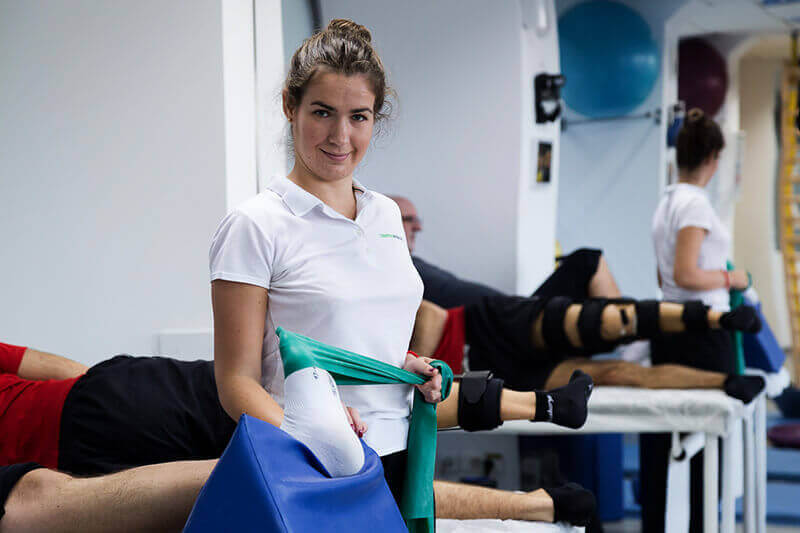
.png)

